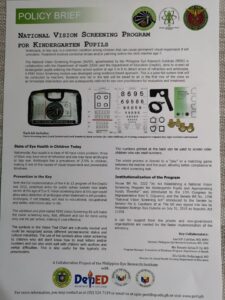
An estimated 2.2 billion people around the world suffer from vision impairment. Yet the first World Health Report on Vision, recently by the World Health Organization (WHO), reveals that half of them, or about1.1 billion, do not receive the care they need for conditions like near and far sightedness, glaucoma, and cataracts.
Based on the 2018 Philippine National Blindness Survey and Eye Disease Study conducted by the Philippine Eye Research Institute of the National Institute for Health, vision impairment and blindness rank among the major concerns in the country with a current prevalence rate of 1.98%. This represents 1.11 million Filipinos with cataract, 400,000 with uncorrected error of refraction, almost 300,000 with glaucoma, and 200,000 with maculopathy. Additionally, there are over 4 million Filipinos living with undiagnosed eye problems that need to be addressed.

Although the prevalence of bilateral blindness due to cataracts and errors of refraction has decreased in the past years, there are still thousands of Filipinos with moderate to severe vision impairment.
“We are fortunate that these diseases can be treated with surgery or prescription eyeglasses. These can also be easily prevented with regular consumption of Vitamin A, injury prevention, and immunization for measles and rubella that cause vision impairment,” Health Secretary Francisco Duque emphasized.
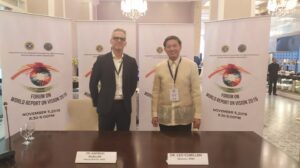
In line with the Universal Health Care (UHC) Law, the Department of Health (DOH) is gearing toward providing comprehensive eye care services, integrating eye care within local health systems, and responding to emerging eye diseases such as diabetic retinopathy and glaucoma.
“Through the primary care provider network that will be institutionalized under UHC, we hope to bring easy access and seamless referral to ophthalmic units, comprehensive eye centers, and national ophthalmic specialty centers. These health facilities will be capacitated to deliver the appropriate eye care services,” Duque explained.
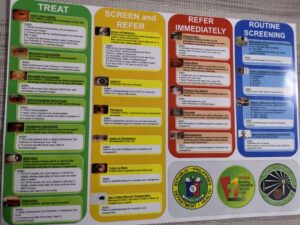
The country’s Prevention of Blindness Program is revamped with the issuance of revised policies, aligning the program with UHC and WHO’s goal of universal eye health, while ensuring that it remains responsive to the changing trends in blindness and visual impairment.
“The DOH is fully committed to working with our partners to address blindness and visual impairment in our country. Together, we can achieve our vision of Filipinos enjoying the right to sight, with no one going needlessly blind or visually-impaired,” the Health Chief concluded.
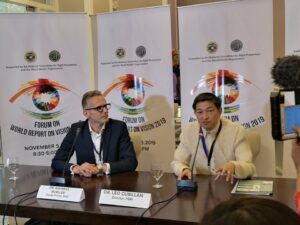
The Philippine Eye Research Institute (PERI), Department of Health (DOH), and the National Committee for sight Preservation (NCSP) will hold a Forum on the 2019 World Report on Vision. The forum brings togethere policy makers, organizations engaged in eye health care sector, eye health advocates, and other stakeholders to discuss and disseminate the World Report on Vision.
The World Report on vision Executive Summary by World Health Organization (WHO)
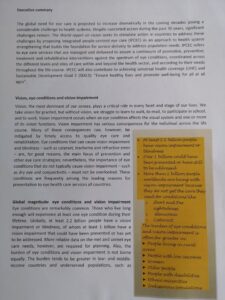
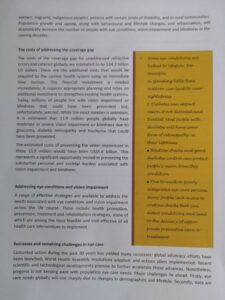
National Vision Screening Program for Kindergaten Pupils by Philippine Eye Research Institute (PERI) & UP MANILA
